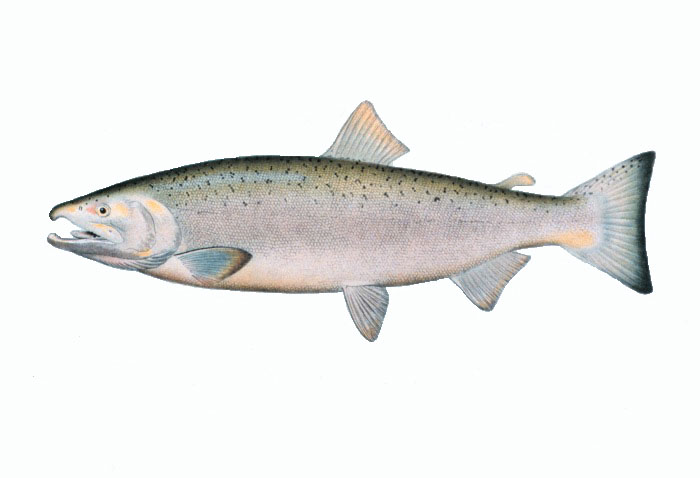Today's programme is about wetlands, so I'm going to get the ball rolling with a piece of science news from Canada. If I was to ask you to think of an aquatic animal that has the ability to change its environment and alter the course of streams and rivers, you would most probably come up with the dam-building beavers.
 But a new study out this week from researchers based at the University of British Columbia in Vancouver has identified another environment-moulding species - the salmon.
But a new study out this week from researchers based at the University of British Columbia in Vancouver has identified another environment-moulding species - the salmon.
Salmon spend most of their lives at sea, before they undergo an incredible gruelling migration back up rivers to inland freshwater spawning grounds, often leaping up waterfalls to get there. When they arrive, each female lays her eggs in a hollow in the riverbed called a redd that she excavates using her wide tail, like a gardener's hoe. As she does this, she stirs up a lot of sediment that gets swept away in the current.
Until now scientists have long suspected that spawning salmon might have a profound influence of the flow of rivers by stirring up the river bed, but no-one has actually investigated just how much of an effect they can have.
By setting up sediment traps along rivers in British Colombia, researcher Marwan Hassan has discovered for the first time that around half of the sediments that flow down a river in a year come from the upstream activity of spawning salmon. In the headwaters, salmon deepen channels and stir up mud and grit that then flows downstream and ends up in channels and pools lower down - and by stirring up not just sediment but also oxygen, salmon are playing a crucial role in maintaining other wildlife in the river.
This study is really important because it highlights that the shape and dynamics of rivers and streams are based not purely a physical processes but that it has a lot to do with wildlife and biology. And hopefully now by understanding more about the role of spawning salmon, researchers can start to design better ways of restoring health to damaged waterways.










Comments
Add a comment